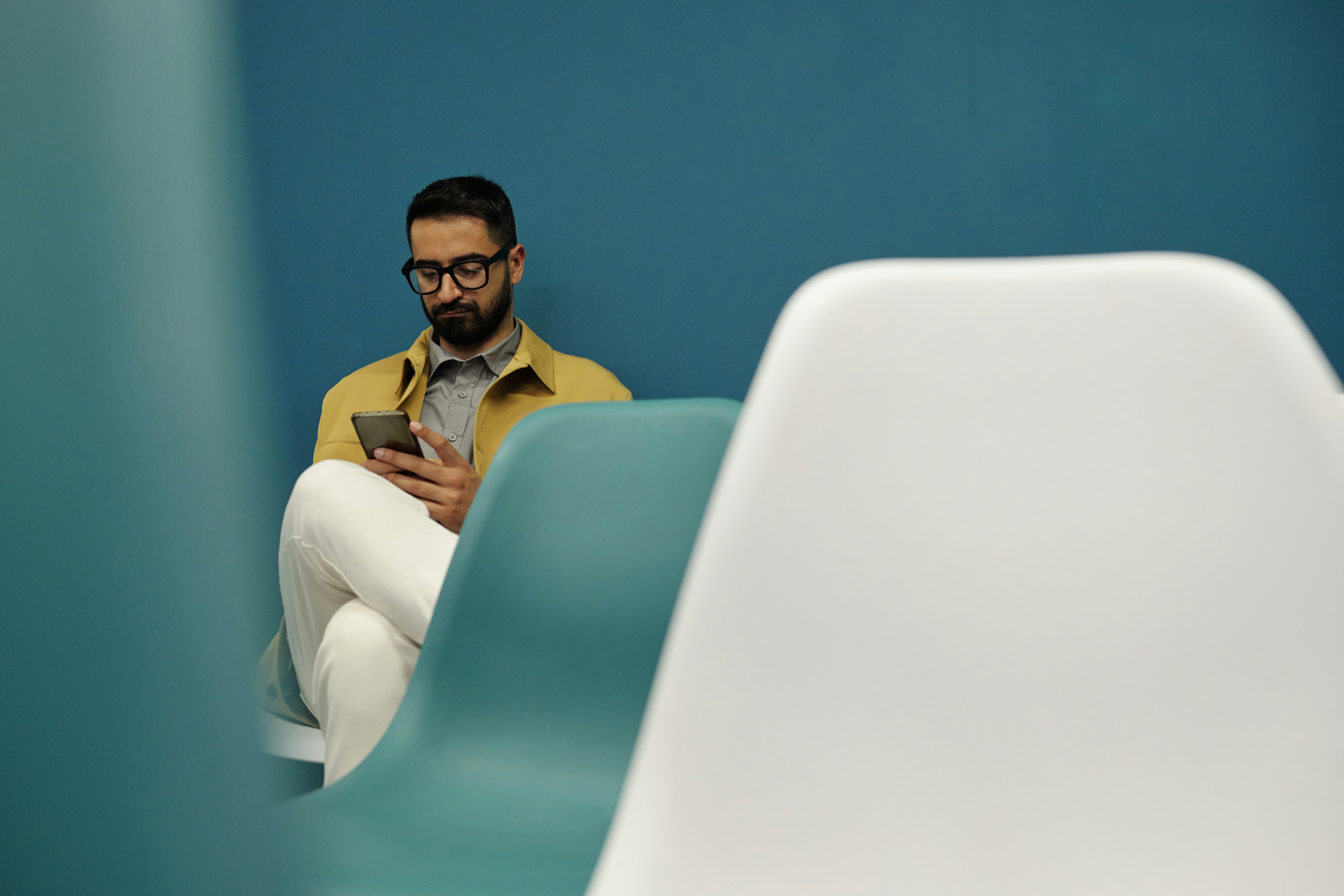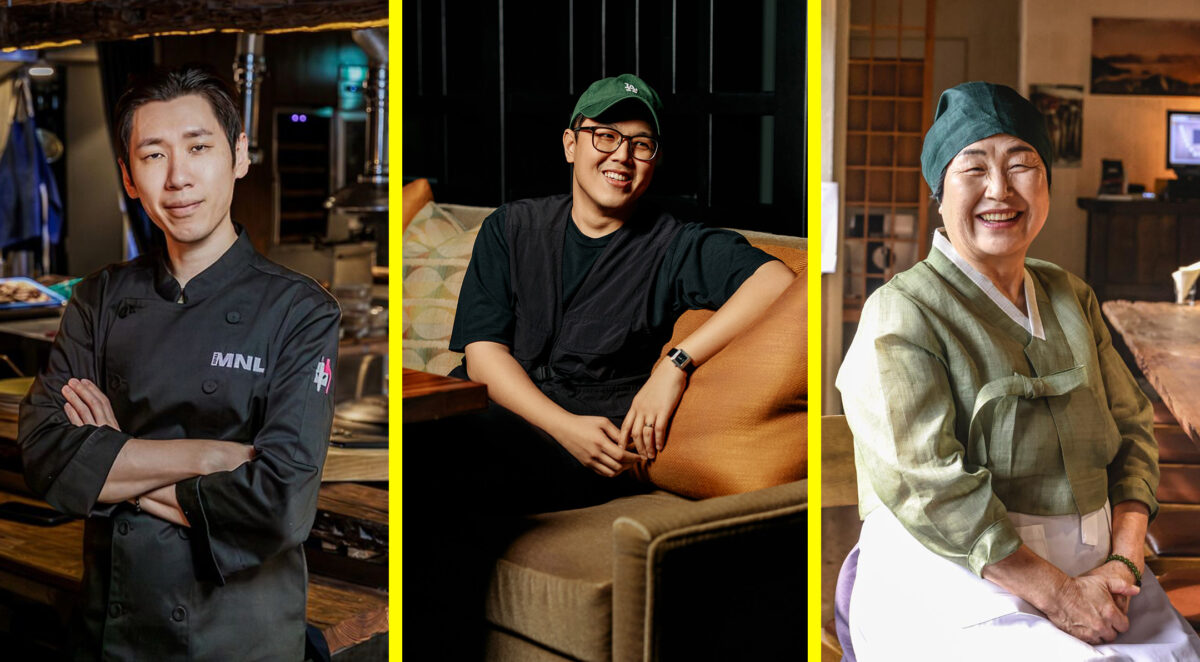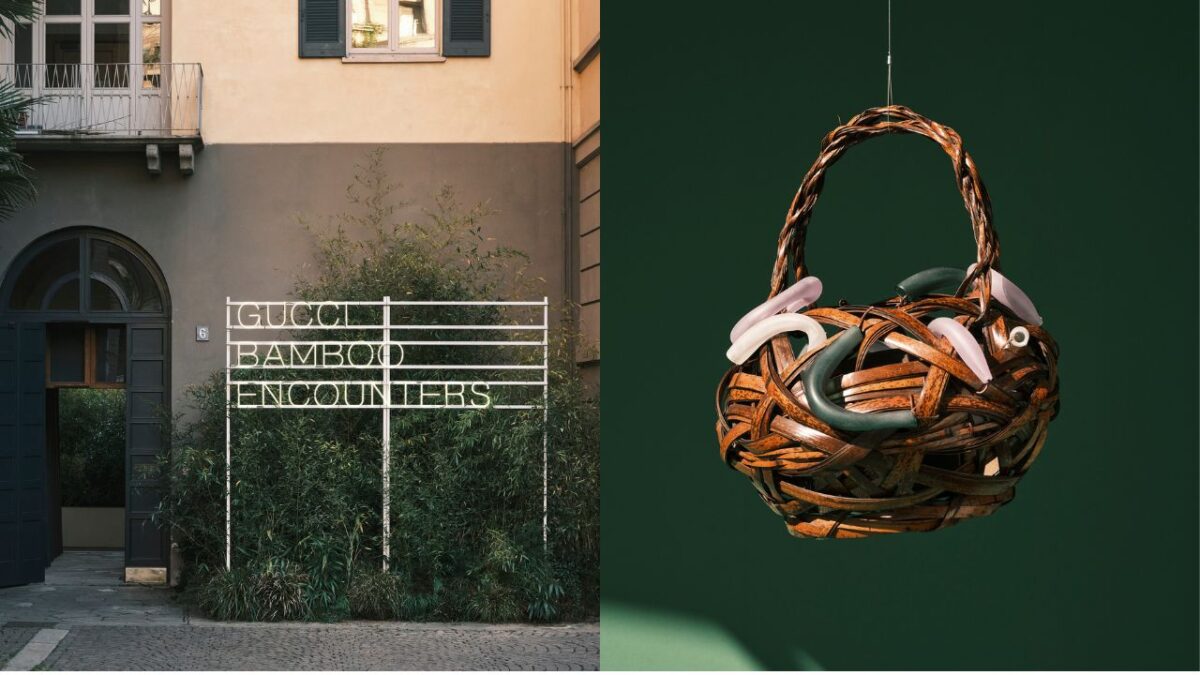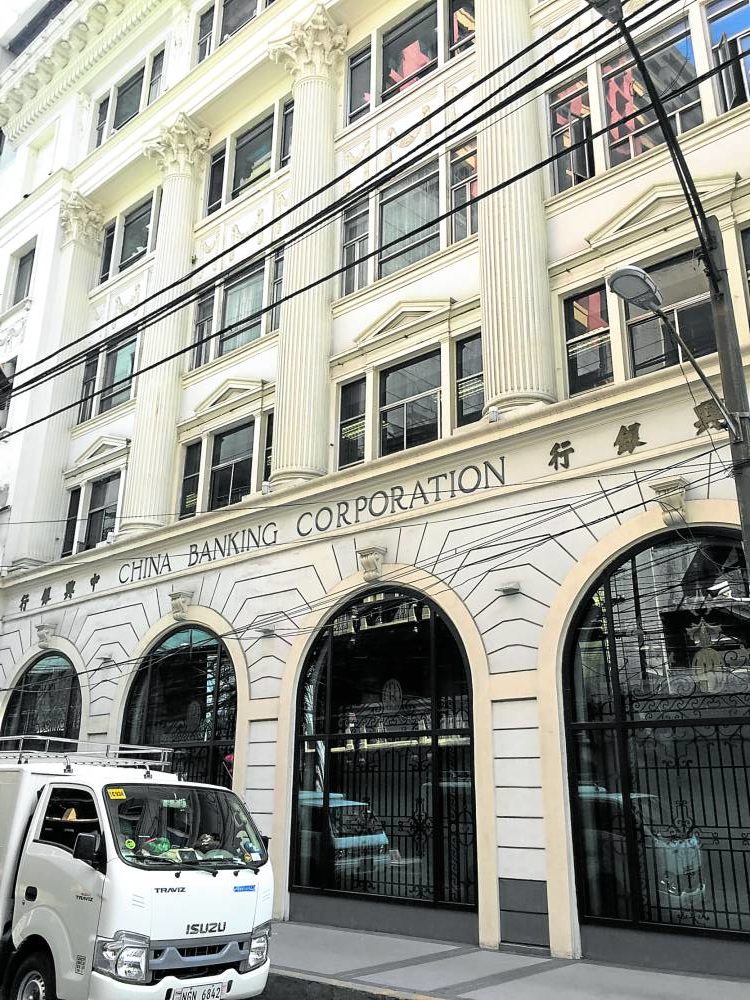
Standing at the corner of Dasmariñas and Juan Luna streets in Binondo, the China Bank Corp. building has been magnificently restored to its former glory.
Built from 1923 to 1924, the building was designed by German architect Julius Arthur Niclaus Gabler Gumbert, who also designed other edifices in Manila, such as the Yutivo Hardware building and the Manila Gas Corp. building.
Gumbert designed it in the neoclassical style with hints of the Beaux Arts style. The building originally had five floors, but this was extended to seven after World War II.
It was declared last year as an Important Cultural Property by the National Museum, and a historical marker was installed by the National Historical Commission of the Philippines for its historical significance.
Original
Manolo Noche, the restoration architect of the building, said the structure’s authenticity and integrity are significant, as it is the only original bank established in Binondo that is still operating.
What’s more important is that it was built by China Bank to house what used to be its main branch, and it is still being used by China Bank up to now as its Binondo branch, the only one with this history among other banks established in the Tsinoy enclave of Manila.
Noche said that historic banks in the world have historic buildings, and in the Philippines, it is the China Bank building which, he said, “stood the test of time” and World War II, as it was partially burned during that dark episode in world history.
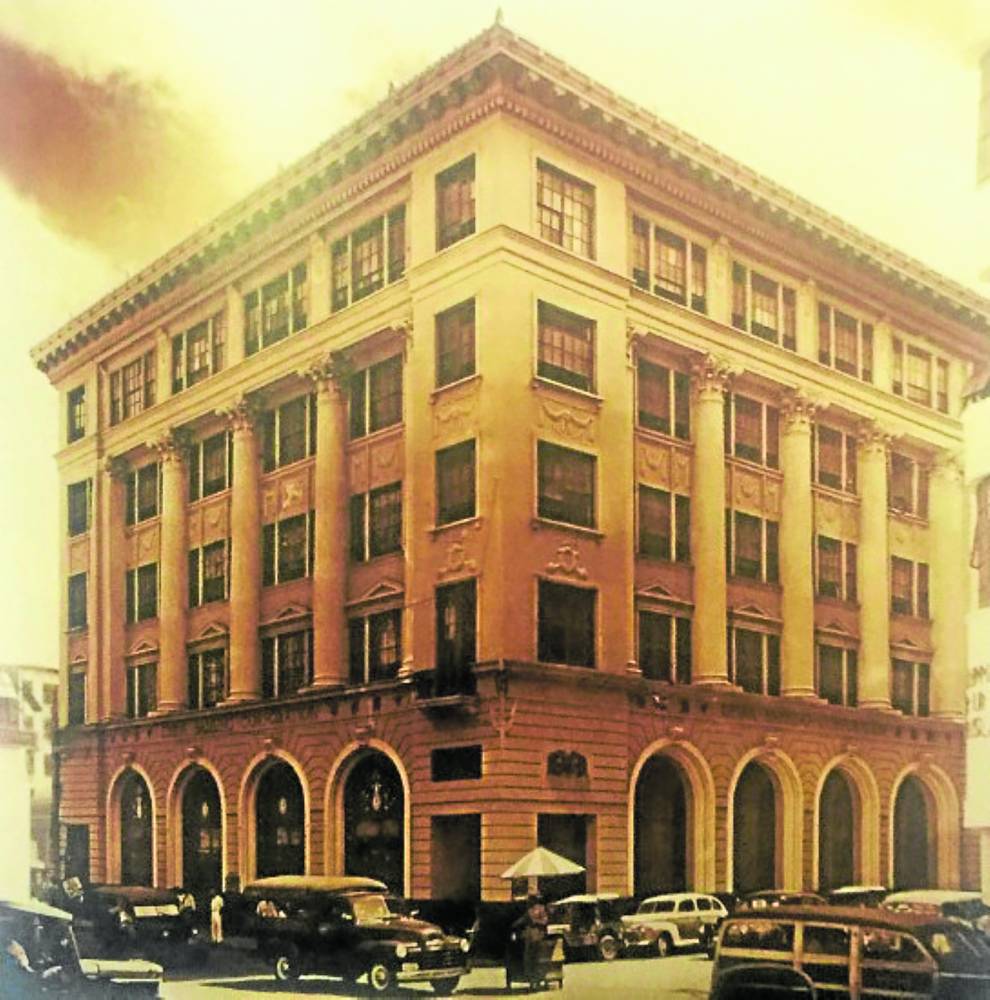
He said the building was renovated “nicely” in the 1960s with the addition of marble cladding on its Juan Luna side, perhaps as a deterrent to noise from passing vehicles; the expansion of the sixth floor; and changes to the interior spaces, among others.
The restoration, which began in 2018 and was completed in 2020 in time for the centennial of the bank, was a bit of a challenge, as there were no archival documentations on the building, said Noche. They had to rely on historical images substantial enough for a full-scale restoration project, he added.
Apart from Noche, others involved in the “legacy project” of China Bank chair Hans Sy include China Bank Centennial Project chair Alex Escucha, interior designer Maja Olivares-Co, project manager Baldwin Aguilar and project management consultant Arthur Carlos.
The restoration of the decorative moldings on the building was undertaken by The House of Precast, the same company which made the original moldings close to a hundred years ago.
Interventions
Some of the interventions undertaken were the removal of the marble cladding to again reveal the arches which are now walled up with glass that insulates heat and noise; the transfer of its original entrance from Juan Luna to its Dasmariñas Street side; the lighting of its exterior; addition of an elevator for persons with disabilities; fabrication and installation of wrought-iron grills on a part of the ground level interior to mirror the existing grill design; restoration of the American-era elevators; and restoration of the rest of the interior spaces from the first level up to the seventh floor.
The “spaghetti wires” outside were also lessened for the people to appreciate the vista of the restored edifice.
Almost all of the spaces on the fourth level were converted into China Bank Museum, which features the history of the bank as well as a number of artifacts associated with it like its Articles of Incorporation and old bank books.
The museum, curated by art critic, cultural worker and author Marian Pastor-Roces, was designed in line with the bank’s principles of resourcefulness and initiative, concern for people, high performance standards, efficiency, customer service focus, integrity and commitment to quality.
Inside the museum are the portraits of the bank’s past presidents done by Romeo Enriquez and master of portraiture Ed Lantin. The large portrait of the bank’s founder, Dee C. Chuan, was done by no less than National Artist Fernando Amorsolo.
An audio-visual room features the bank’s journey from 1920 to the present, as well as the conservation work done on the building.
For Noche, the conservation of the building is of utmost importance since “the place is running out of heritage structures,” as a number had already been demolished to be replaced by high-rise, generic developments.
In demolishing a building, he said, “We are disregarding history.”
Noche explained that the demolition of heritage buildings can also be called “revisionism,” as it alters the character of the place.
He said that what was done in the China Bank building is a sincere restoration, complete with the processes required for the conservation of a heritage structure.
China Bank
China Bank was founded in 1920 to primarily provide the banking needs of the Filipino-Chinese community and businessmen in Binondo, as other banks at that time preferred to finance the businesses of influential Filipino families.
Apart from Chuan, nine other Tsinoy businessmen founded the bank, including Albino SyCip, the father of Washington SyCip; shipping magnate Benito Siy Cong Bieng; Carlos Palanca Sr. of the liquor business; and property and insurance honcho Guillermo Cu Unjieng.
The bank was first established at 90 Rosario (now Quintin Paredes) St. in Binondo, but moved to its present location upon the completion of its own building in 1924.
It had two branches in China, Xiamen and Shanghai, which opened in 1925 and 1929, respectively. These two branches had to close in 1949 due to the Chinese Revolution of that year.
Its branch in Cebu, opened in 1948, is its first local branch, while its Sto. Cristo branch, its first in Manila, opened in 1960.
The first telephone banking service in the country was launched by China Bank through TellerPhone in 1988.
The Sy family is currently at the helm of the bank, which now has over 600 branches nationwide.
To also mark its centenary, a book on the history and heritage of the bank was published. This book was authored by Raul and Nancy Rodrigo and edited by Jose Dalisay. —CONTRIBUTED
Author’s note: Thanks to Alex Escucha, Manolo Noche and Ed Lantin for their assistance in writing this story.

